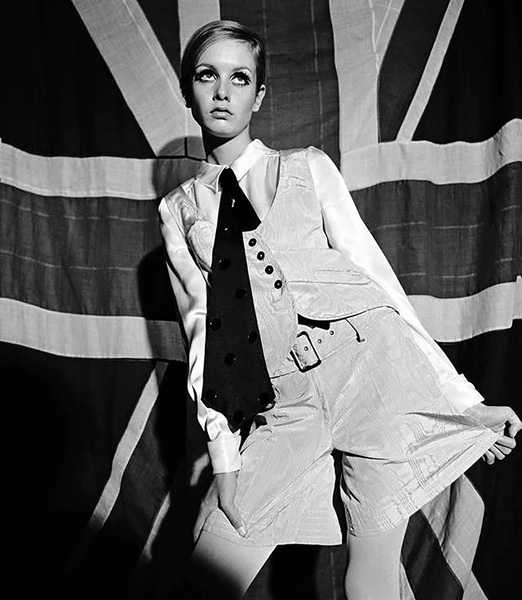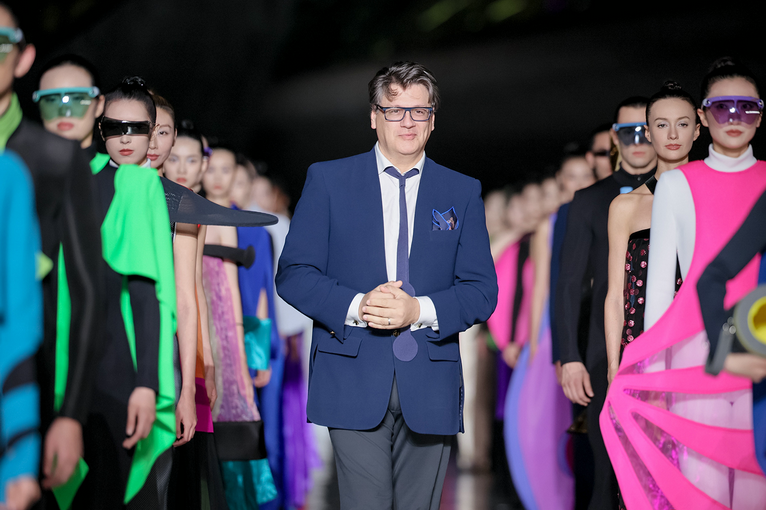Quantum style


As London's boutique scene was still blossoming, Quant was cementing her position as a commercial and cultural powerhouse. In 1962, she signed a lucrative design contract with US department-store chain JC Penney. In 1966, she was awarded an OBE and published her autobiography, Quant by Quant. The following year, she opened her third shop on London's New Bond Street. By the end of the decade, Quant was the UK's highest-profile designer and had achieved unprecedented reach in the market; it was estimated that up to seven million women had at least one of her products in their wardrobe, while thousands more sported the super-modern shades of her Daisy-badged cosmetics range.
For the first half of the 1970s, Quant remained at the forefront of fashion – her work was celebrated in a retrospective exhibition, Mary Quant's London, at the London Museum in Kensington Palace from November 1973 to June 1974. From the late '70s onwards, the business produced high-quality womenswear and a variety of products alongside coordinated interior designs for British manufacturing giant ICI, including bedlinen, carpets, paint and wallpaper; diffusion ranges such as swimwear, hosiery, jewellery; the Daisy Fashion Doll; and popular skincare and make-up products. Quant also introduced skincare for men and published books promoting her ideas about cosmetics.
In 1990, Quant was awarded the prestigious Hall of Fame Award by the British Fashion Council, recognising her many contributions to British fashion. She published her second autobiography in 2012 and became a Dame on the 2015 New Year's Honours list. Head to the V&A to discover the fashion force whose enduring influence has altered the style landscape forever.




































